Montana Mountain Running
Lessons Learned From the Bridger Ridge Run
I’ll be up front: I really want to get you into our mountains. To enjoy them, there’s a natural step-by-step process in getting the body, mind, and spirit ready. To do so is not only possible, but rewarding enough it will literally change your life. Long ago I became the race director of the Bridger Ridge Run, a trail run along the ridgeline of a mountain range. I love convincing anyone who’ll listen that running is possible for everyone, no matter what “shape” they’re in. So, if you’ve ever wondered what it takes to run our mountain trails, here’s some advice, broken down into ten areas.

1. Desire.
This is where it all starts. For the Ridge Run, I make those who want to run the length of the Bridger Range write a short essay explaining why they want to do it. The standout essays capture the spirit of what can happen when running in the mountains. Most explain why they want to train hard and achieve a difficult goal. A common theme is a yearning for healing of some kind, from a broken relationship, to overcoming cancer, to honor a close relative or friend who just passed away, to regaining a sense of purpose in life. One could say that the more difficult the personal challenge, the more one will come away with something very meaningful. So, figure out a concrete reason you need a good challenge— one that guarantees plenty of exhilaration, deep meaning, and a connection with the roots of your life.

2. Get the body ready.
This can be tricky because it deals with one’s self-image. Many of us have an image of what a mountain runner looks like, and if you don’t fit the image, why try? The real lesson here is to start slowly, getting active every chance you get. Start going around your neighborhood. How about that sidewalk outside your house? Think long term—don’t be in a hurry. If a trailhead is nearby, use it as often as possible. As you slowly increase your time out on a path of any kind, the activity will mold the body to handle what you’re asking it to do.
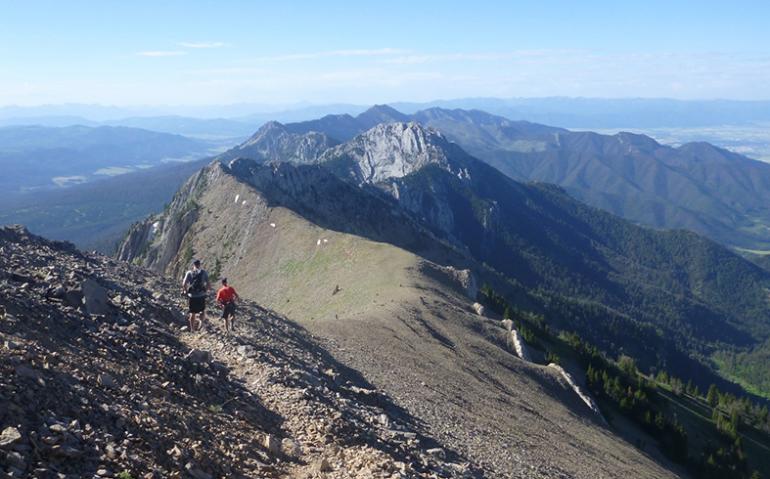
3. Equipment.
What should you wear and carry? Use what you already have. If fancy or trendy shirts/pants/shoes will make you “feel” like a trail runner, fine. Just remember the sportswear industry loves to find ways to make you buy their products. Be aware of the possibility of feeling “not good enough” if the product doesn’t work its magic. You don’t need a $150 pair of running shoes just because the industry says these are the best for trails. The trail doesn’t know what shoes you’re wearing. Remember that! Figure your gear out yourself from your own experiences on the trail or local sidewalk.
4. Hydration.
I know of very few people who have the same method of carrying liquid. Bladders with tubes dangling near your mouth are handy, but having a little fanny pack with a reused pop bottle is fine until you need an upgrade. Friends of mine who run the Ridge Run regularly prefer holding a little bottle in their hand the whole way. What could be simpler? Just experiment with what you already have, and improvise as you move along. The main thing is to have your favorite liquid within easy reach.
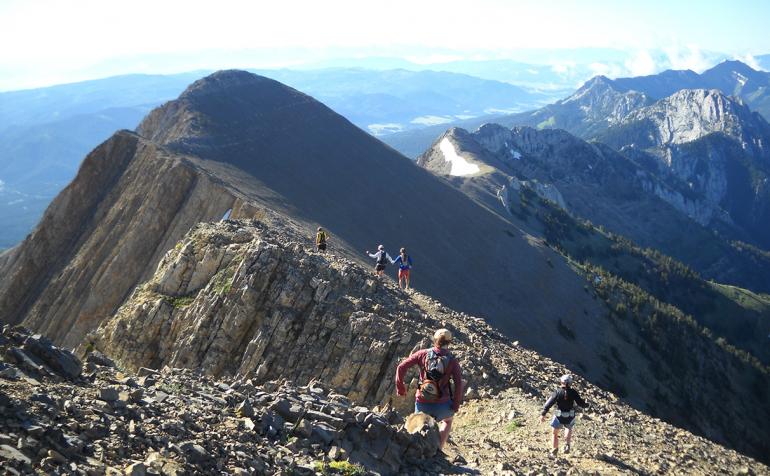
5. Food.
Only you know what you like to eat! The time spent out on your outings will make it obvious what foods to bring or what not to bring. Experiment. I’m constantly changing what I take, based on what I see others doing, such as peanut butter sandwiches with a heavy dose of honey on one side, or a flask of Peppermint Schnapps in hot chocolate on a frigid outing in the winter. Yes, the longer the outing, the more weight conscious one becomes, but take whatever you know is good for you…and forget the weight.
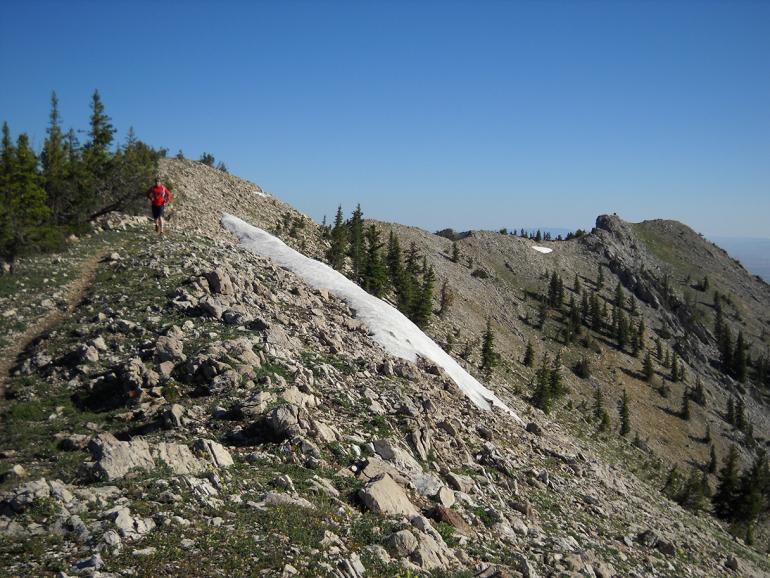
6. Weather Protection.
If you’re slowly adding mileage and distance to your outings, you’ll know what you need. On hot days, still pack a lightweight windbreaker. On cold days always have extra dry layers. On long outings, consider slathering Vaseline on the friction areas (feet, underarms, crotch, nipples). Never wear tight-fitting footwear; I always wear a ½ size above my normal shoes. Consider carrying a roll of athletic tape, apply to heels or toes when they start getting hot, before a blister forms. Waterproof clothes don’t breathe, so avoid them. A simple hat of any kind is a must. On hot days, wear lightweight long sleeves and pants to avoid sunburn.

7. Safety items.
On longer outings, I usually take a whistle, a compass (I know how to use one), a penlight, a simple single-bladed knife, and a weightless space blanket. How often do I use those things? Not often, but I’m more likely to share them with people in need. The penlight got me safely off a mountain when I ran out of daylight.
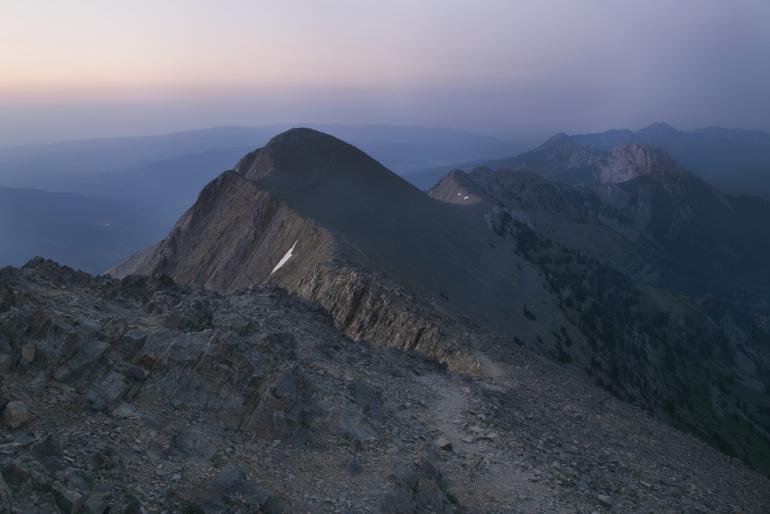
8. Be Your Own Coach.
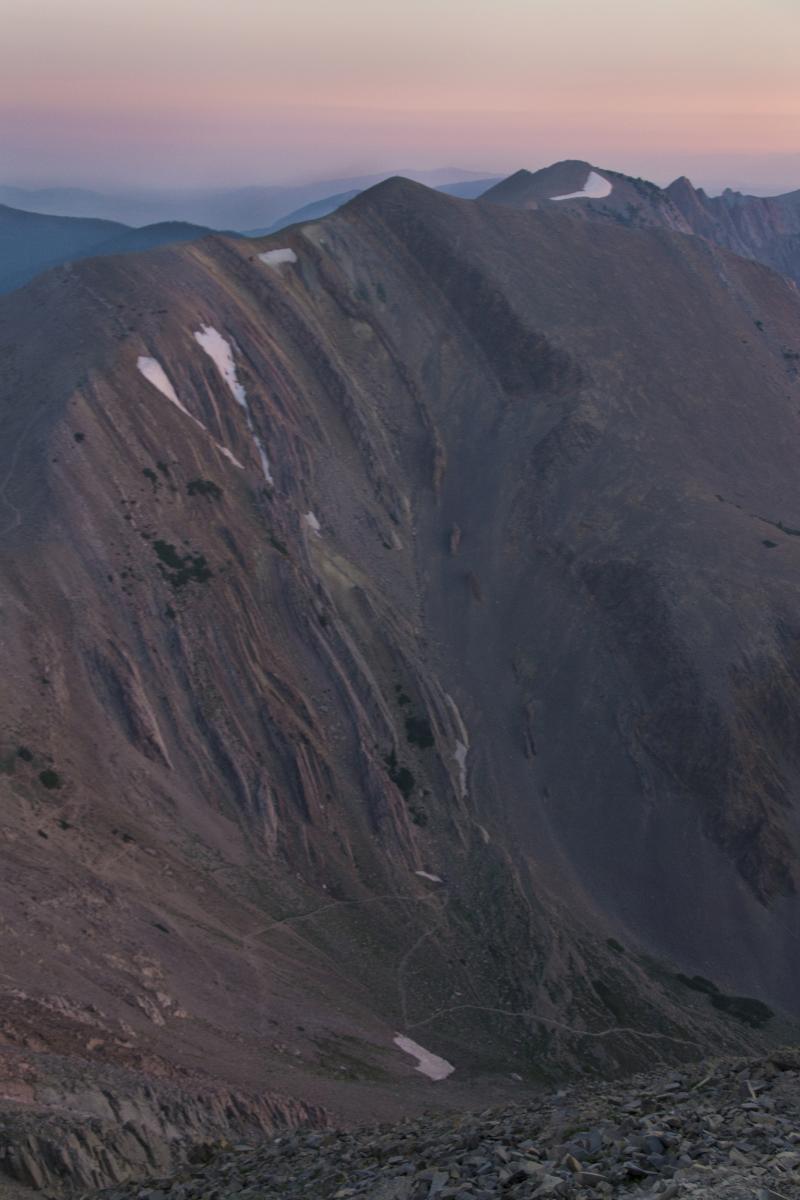
Life can be much simpler if you take responsibility for your own life in the mountains. Seeking advice from others can be tricky. You know who you are more than anyone else can. Develop your own plan, and modify it all the time. Listen to your body and to its constantly changing needs (and complaints). I’m talking about deciding when NOT to go out, when to add a mile or two, when to do a steep trail, when to do the ‘ole sidewalk walk, or when to see a movie instead.
9. Choose Your Company Wisely.
If you can find a fellow traveler who has positive vibes, your experience will be more uplifting and exhilarating. Frankly, that is a rare occurrence, darn it all. So walking/running alone is usually what happens. For the “unwanted” company (bears, moose, mountain lions), consider a small bear spray canister. If bears are known to be out, most trailheads will post a warning, or consult your local Forest Service Ranger Station.
10. Keep a log.
What? Okay, maybe this is a bit much but it can be an amazing incentive to boost your self-confidence. It can help train the brain to accept what you’re doing to your body. I suggest a “month-at-a-glance” calendar, and mark down every outing, no matter the distance or time. It all has to do with self-encouragement.
Okay, there you go. Except in the east end of the state, a mountain range is not too far away from you. Any mountain will be your best teacher. Mountains have an allure all their own, and nudging you into spending more time discovering their charm.
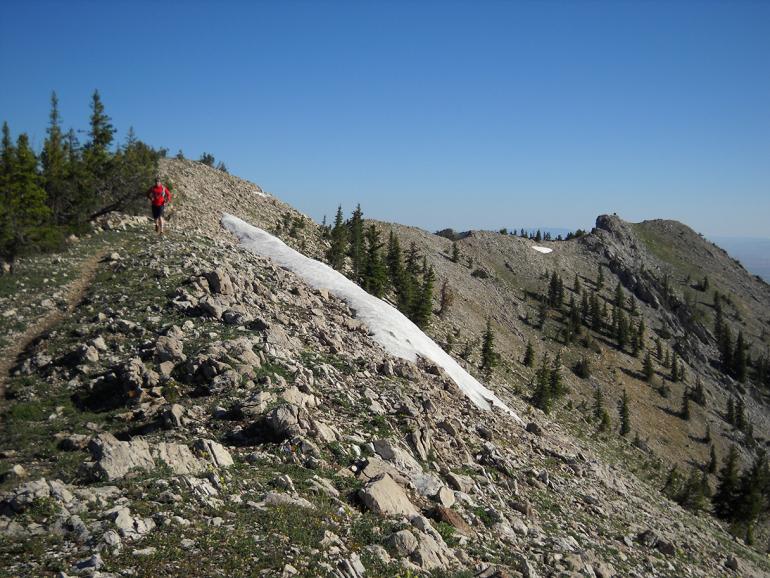






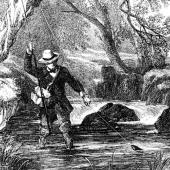





Leave a Comment Here